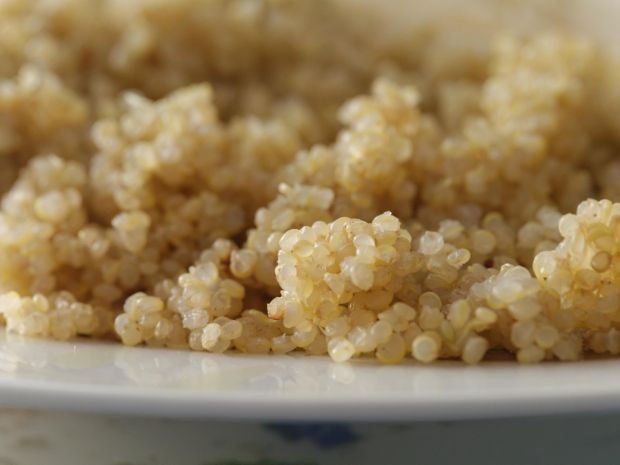
Quinoa has become a health food trend in many Western nations over the past seven years--it rakes as much as $3,200 a ton--for its nutritional benefits. The grain has high protein content, provides the consumer with essential amino acids, offers twice as much fiber as other grains, and is rich in iron, lysine, magnesium, manganese and Riboflavin (B2).
Unfortunately, a report earlier this year had some troubling news regarding quinoa consumption and the effect its rising popularity has on farmers. Local Peruvians and Bolivians, who previously used to consume the superfood, can no longer enjoy the grain as the price has tripled and is out of reach for the locals. In fact, in Lima, Peru, quinoa is more expensive than chicken. As a result, many locals have opted for cheaper food alternatives, such as junk food, that are less healthy as well.
But according to new reports, things may not be so bad for the Andean farmers. In light of the news that these farmers can no longer afford the popular superfood, many farmers are raising their voice to inform consumers that their incomes are rising and that fact alone provides the farmers with more benefits than disadvantages.
"To me, quinoa ... is absolutely changing the lives of our regional community of people," said German Nina, a quinoa farmer, to NPR. Eduoard Rollet of Alter Eco Foods also told NPR that he finds farmers are putting aside a portion of quinoa for themselves. In fact, Rollet has seen that those who traditionally consumed quinoa are still consuming it and with their new added income, they're able to afford other vegetables they previously did not have the purchasing power to buy before.
Pablo Laguna, an anthropologist studying quinoa's influence on local communities in Bolivia, reveals that quinoia is beneficial to the small, indegenous farmers who are now making more income. These farmers typically live in the poorest regions and as such, greatly benefit from the increased quinoa consumption.
These new reports are not only important to the Western quinoa consuming nations, but also in a more global perspective since the U.N. Food and Agriculture Organization believes the Andean supergrain has the potential to fight hunger and contribute to global food security.
"Quinoa can grow if very diverse climactic and environmental conditions, including climates with very little rainfall. And that's especially important on a planet that is warming where desertification and the erosion are more pressing than ever," said U.N. Secretary General Ban Ki-Moon said in New York, according to the Associated Press.
© 2025 Latin Times. All rights reserved. Do not reproduce without permission.





